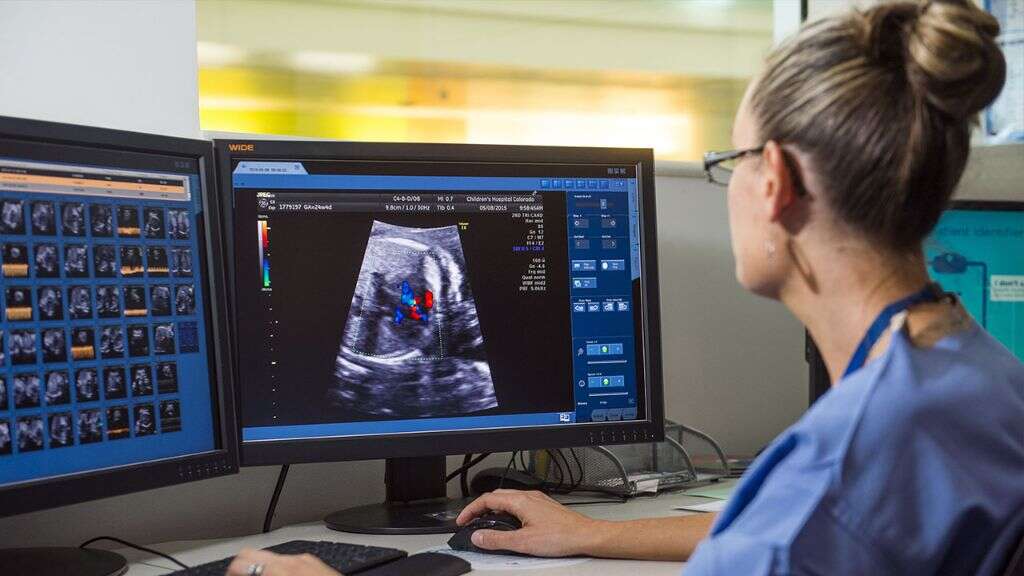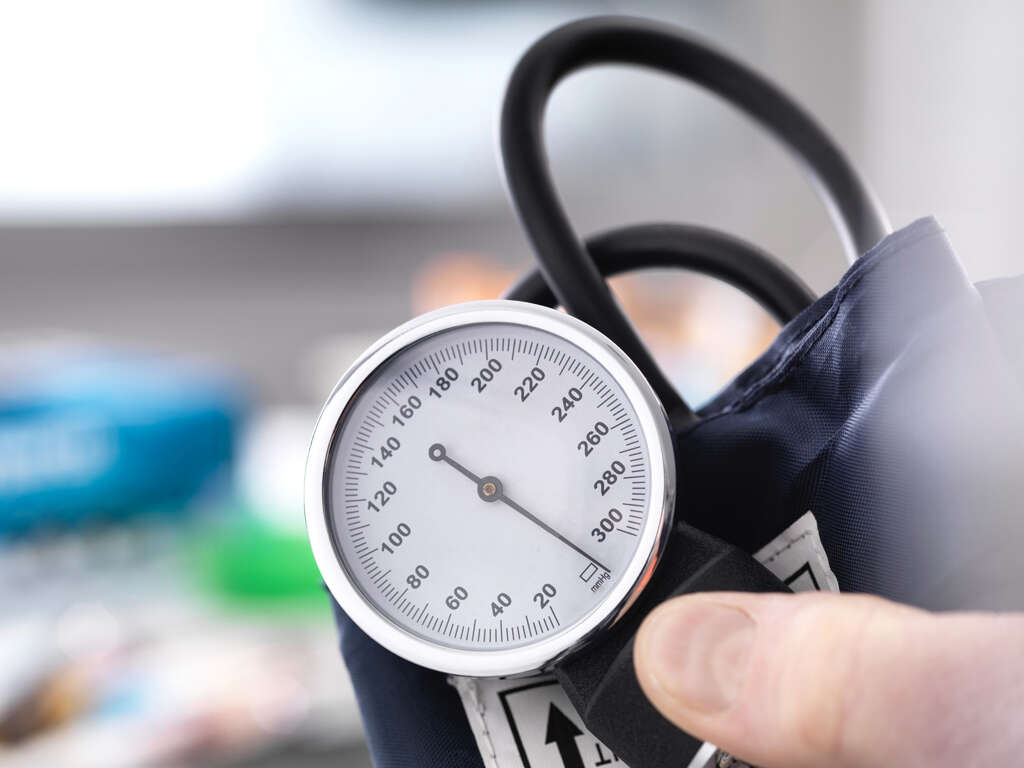What Is Endocarditis?
Blood is passing through our hearts all day, every day. Within the blood is bound to be pathogens and other particles that might do harm to the heart. Thankfully, however, the heart is protected by a membrane that helps to protect it internally. This membrane is known as the endocarditis.
Although the membrane is there to protect against infection and other problems, it will sometimes become infected itself. This is thankfully not a common condition and it is also usually treatable. It is possible that the patient will make a full recovery, especially if the infection was caught before it could do any serious harm.

1. Endocarditis
As with so many other parts of the body, the endocardium can become infected if pathogens are able to access it. Such infections can cause the lining to become inflamed, and this results in a condition known as endocarditis. The infection can be caused by bacteria, viruses, or fungi.
Endocarditis has the potential to limit how much the heart is able to function. What’s more is that it can also result in permanent damage to the heart, leaving the patient with potentially severe symptoms for the rest of their life. The condition can usually be treated, but it is important that treatment is found as soon as a problem is diagnosed.

2. Causes
Endocarditis is usually caused by bacteria, but fungi and viruses can also be responsible. Such pathogens are not usually a problem as they are handled by our immune system. Some circumstances might mean that harmful bacteria are able to take a hold, however.
Infections elsewhere in the body will sometimes cause endocarditis as the bacteria can spread from one place to another in the body. It can also be transmitted through unclean needles, and even brushing teeth can result in bacteria getting into the body. People that inject drugs will also need to be extra careful about bacteria. Some medical conditions might also make it easier for pathogens to get a foothold on the endocardium.

3. Common Symptoms
Endocarditis will come on very suddenly in many cases. In others, it can be a far more gradual process. This will depend largely on the exact cause of the condition and whether the patient has any existing heart conditions. Not all patients will experience the same symptoms, but certain symptoms are commonly associated with the condition.
Many patients will feel symptoms that are similar to the flu. They can also feel fatigued and experience difficulty breathing. Chest pains are also a common symptom, and the patient will also likely feel aches and pains. Night sweats are also likely, and the patient may also experience swelling.

4. Uncommon Symptoms
In addition to those symptoms already mentioned, endocarditis can also cause some other symptoms that are less likely to be experienced. One of these includes Janeway lesions, which are red spots located on the palms of your hands and soles of your feet. The patient might also have red or purple spots on the skin, inside the mouth, and on the whites of their eyes.
The patient might also lose weight without explanation, which should always encourage somebody to see a doctor. Their spleen can also become tender, and there might also be blood in their urine. Blood in the urine is another symptom that should compel somebody to speak with a medical professional as soon as possible.

5. Risk Factors
Endocarditis is more likely to develop in people that have existing heart conditions, especially when there is damage to the endocardium. An endocardium that has a rough surface is more likely to allow pathogens to take hold. Patients that have had endocarditis in the past are also more likely to develop it again.
People that were born with heart defects are more likely to develop the infection as are people that have had artificial heart valves fitted. If the patient’s natural heart valves have been damaged in some way then they too are more likely to develop endocarditis. People that take drugs intravenously are also more susceptible.

6. Complications
The standard symptoms of endocarditis should be taken very seriously, but the condition can usually be treated. The condition will sometimes go on to develop more serious complications, however. Such complication tends to involve what are known as vegetations, which are accumulations of cell fragments and bacteria on the endocardium.
These vegetations will sometimes break away from the endocardium and make their way to other parts of the body where they can cause potentially severe problems. They can end up causing problems in other organs, potentially causing symptoms such as heart failure, seizures, kidneys damage, paralysis, pulmonary embolisms, and strokes.

7. Prevention
Although we cannot make ourselves completely safe from endocarditis, we can at least help to move the odds in our favor. One way is to avoid using needles, and this includes the type of needles that are used in creating tattoos. Maintaining good dental health is also important as it can help prevent excess bacteria getting into the system.
Using antibiotics can also help to prevent endocarditis. These are sometimes used after invasive surgery, including some dental procedures. Antibiotics are not used in this way for most people, but they may be prescribed for people that are at particular risk of endocarditis and other infections.

8. Diagnosis
In some cases, the patient’s medical history will be enough to make a doctor suspect endocarditis. Either way, the doctor will need to carry out a number of tests to help determine the cause of the symptoms. This will often involve X-rays and CT scans and similar that will help the experts get images of the patient’s heart.
An electrocardiogram may also be used in order to get an idea of the electrical activity in the heart. Even if endocarditis is confirmed, it is also necessary to find out what the underlying cause is. This will usually involve blood vessels to help look for pathogens that might be causing the condition.

9. Medication
As mentioned, endocarditis is usually caused by a type of bacteria. Once the exact type of bacteria has been identified, antibiotics can then be administered to help fight the infection. More than one type of antibiotic might be used depending on the specific bacterium that is causing the problem.
Endocarditis is a potentially serious condition and the patient will likely need to spend some time in hospital where they can be monitored. They will also be given antibiotics intravenously for maximum effect against the infection. Antiviral drugs or anti fungal drugs might be needed instead, depending on the nature of the infection.

10. Surgery
Endocarditis will sometimes result in damage to the endocardium, and also sometimes the heart’s valves. This can affect the heart’s ability to function, potentially causing some serious long term health conditions. This can be dangerous and surgery may be necessary to repair the patient’s heart valves.
Depending on the extent of the damage caused, it may not be possible for the heart’s valves to be repaired. In such cases, it will be necessary to have the valve replaced with an artificial valve. This will sometimes be made from materials like metals and plastic, whereas at other times it will be made from biological tissues from humans or other animals.












